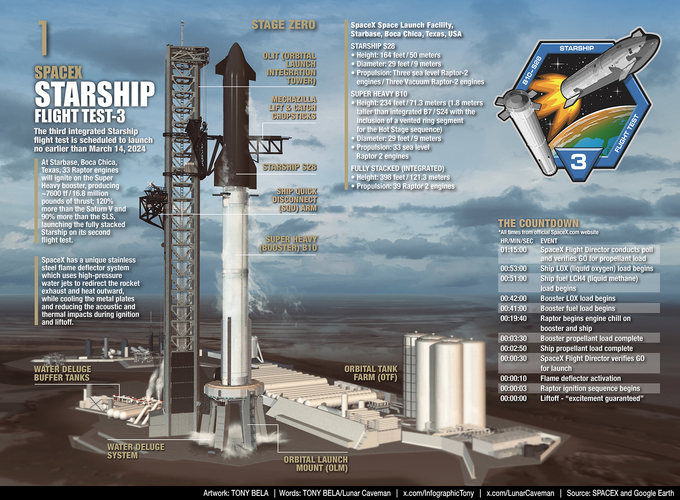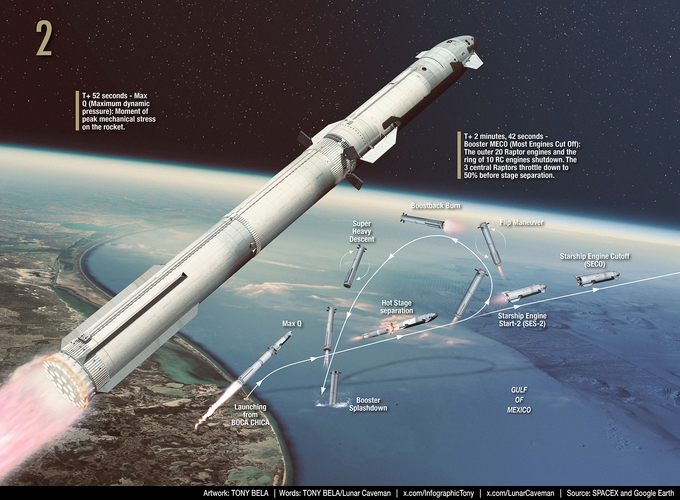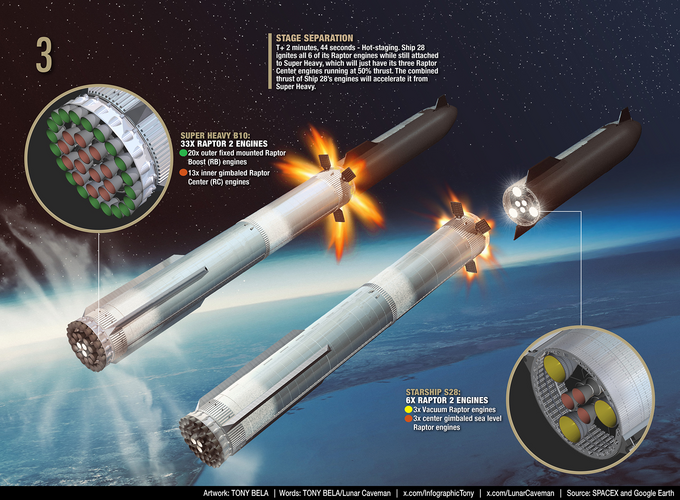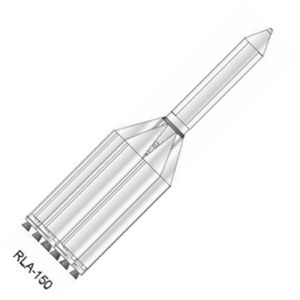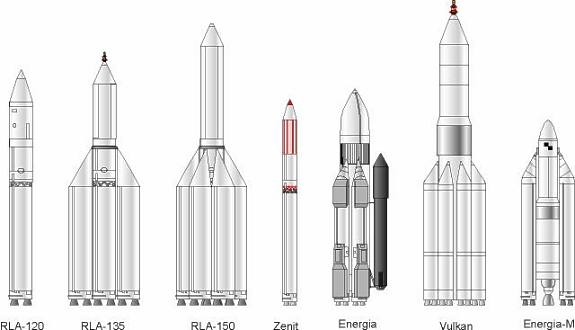What about an SLS/SuperHeavy ALS/NLS deal?
All engines on ground level---stretch the cores.
SLS stretched with a minimal payload able to burn all the way to the Moon? Didn't some RS-25s burn for 700+ seconds?
Maybe this guy is onto something:
View: https://www.youtube.com/watch?v=57T_Za12SiM
All engines on ground level---stretch the cores.
SLS stretched with a minimal payload able to burn all the way to the Moon? Didn't some RS-25s burn for 700+ seconds?
Maybe this guy is onto something:



